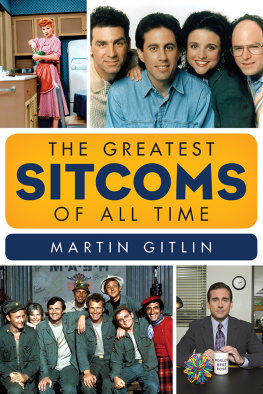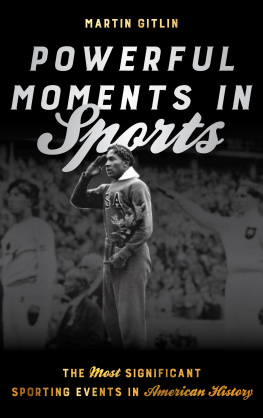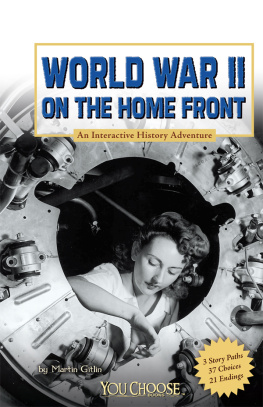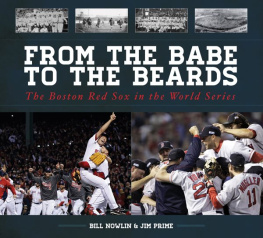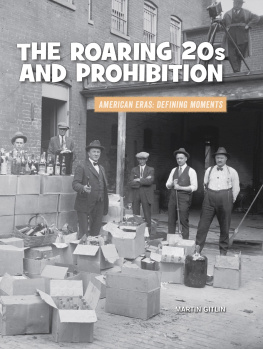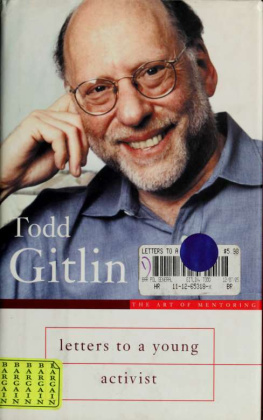THE MOST FAMOUS FICTIONAL BAR IN BOSTON MIGHT FOREVER BE Cheers, where everybody knows your name, especially that of Norm. But the most legendary actual watering hole in Beantown is arguably the Third Base Saloon on Columbus Avenue, where owner Michael T. McGreevy served booze to fellow baseball fans. McGreevy earned the colorful nickname Nuf Ced because his inevitable utterance of those misspelled words ended arguments between loyalists of the Americans, who eventually morphed into the Red Sox, and the Beaneaters, later known as the Braves.
There was no argument regarding popularity around the turn of the 20th century. The Beaneaters finished last or second-last in National League attendance every season from 1901 to 1913. The soon-to-be-Sox outdrew them three to one despite the fledgling status of the American League and placed in its top half in attendance every year until the fateful 1919 season, after which Babe Ruth was sent packing to the Big Apple.
It comes as no surprise, then, that a cheering section organized by McGreevy would target the Americans rather than their crosstown counterparts. That group of strong-lunged patrons called the Royal Rooters had much to shout about. The Americans emerged immediately as a power in what became known as the junior circuit.
The Rooters frequented the Huntington Avenue Grounds, which opened in 1901 and boasted a capacity of about 11,500. Constructed on a defunct circus lot, the field was unique for its massive dimensions and challenging hindrances. Among them was a home-run distance to center field that extended a ridiculous 530 feet away from home plate in 1901. Rather than shortening it for the hitters, the powers-that-be sadistically increased it to 635 feet in 1908. Dead Ball Era, Live Ball Era, it wouldnt have mattered. The only home runs the Americans and their opponents hit in that direction were inside-the-park jobs. Such round-trippers were certainly possibleline drives that zipped between outfielders would roll forever. That is, unless they hit the unintentional sand traps that dotted the grassy expanses or the eyesore supply shed that stood deep in the outfield and was ridiculously deemed in-play.
The Royal Rooters watch a foul ball at the Huntington Avenue Grounds during the 1903 World Series.
BOSTON PUBLIC LIBRARY
1900 portrait (clockwise from left) of Red Sox second baseman Bobby Lowe, first baseman Fred Tenney, shortstop Herman Long and third baseman Jimmy Collins.
BOSTON PUBLIC LIBRARY
The Royal Rooters had plenty to root for upon the creation of the American League in 1901 as the team forged winning records in its first two seasons behind third baseman/manager Jimmy Collins, who revolutionized his defensive position by charging the plate when suspecting the bunt, bringing greater mobility to the spot. Fellow standouts included first baseman Buck Freeman, outfielder Patsy Dougherty, and ace-of-all-aces Denton Cy Young. But it was not until Young received mound assistance from fellow 20-game winners Bill Dinneen and Tom Hughes in 1903 that the Americans were transformed from mild contenders to the first World Series champions.
That Young would remain viable enough to notch what will remain forever a history-best 511 victories seemed quite unlikely a few years earlier. The right-hander who had averaged 34 wins a season with Cleveland from 1891 to 1898 had lost the zip on a fastball later compared favorably to that of Walter Big Train Johnson. He had been transferred along with nearly all the top Cleveland talent to St. Louis in 1899 by Frank Robison, the unscrupulous owner of both teams. A rib injury caused his failure in 1900 to win more than 20 games for the first time in 10 seasons. So frustrated had Young become that he attacked a fan in the stands who accused him of quitting on the team.
Young signed with the Americans in 1901 and proved, to mangle a line from Mark Twain, that reports of his career demise had been greatly exaggerated. The theory that Young was about to disprove had been promoted by Robison, who claimed the soon-to-be-34-year-old pitcher was all but washed up. The defection of Young would not have given the AL immediate credibility if his production continued to deteriorate. But the aging right-hander responded with the best season of his career in 1901, winning 33 of 43 decisions and posting a league-best 1.62 earned run average. He won what is now known as the pitching Triple Crown by leading the American League in strikeouts as well. Nothing that Young did in 1902 led anyone to believe those numbers were a fluke or a final flicker before his career burned out. He paced the league that year with 32 victories and 43 complete games.
Cy Young was arguably the greatest pitcher who ever graced a major league mound.
WIKIMEDIA COMMONS
The claim of lost velocity had validity. But the wily Young remarkably increased his strikeout totals later in his career despite the loss of zip on his heater and a noticeable girth protruding from his midsection. The magic came in the form of two distinctly different curveballs, one overhand with a sharp break and the other sidearm with a sweeping arc. He even occasionally fired submarine style to throw off timing and cause right-handed hitters to bail out. Young improved the pinpoint control that allowed him to lead the American League in fewest walks per nine innings an incredible 14 times in his career. He had become a Rembrandt on the mound. He was a surefire Hall of Famer before he arrived in Boston but was now in the conversation as the greatest pitcher ever to grace a major-league mound.
The nickname Cy that was short for Cyclone no longer applied as the fastball lost velocity. But there was good reason for legendary sportswriter Grantland Rice penning lyrical praise for Young, whose name would forever be etched not only into the record books, but to an annual award for pitching excellence that he would have captured often had it existed in his day. Offered Rice: So when a stalwart steps out from the throng, On with the tribute, let garlands be flung, Heres to the sturdy and heres to the strong, Heres to the king of them all, Denton Young.
The king of them all remained on his throne in 1903. But then, all the Boston stars twinkled that year. Many, in fact, shined their brightest. The list of virtual one-year wonders is startling:
- Coming off a brilliant rookie season in 1902, Dougherty led the league with 195 hits and batted .331. He would never bat over .289 again.
- Freeman had been among the premier sluggers in baseball since before the turn of the century. He batted .287 and drove in an AL-best 104 runs in 1903, then never thereafter approached that level of production.
- Shortstop Freddie Parent hit .304 with 83 runs and 80 RBIs in 1903. His stats weakened the following year before fading dramatically.
- The post-1903 curse apparently took time to affect Dinneen, who managed a 21-13 record and 2.26 ERA that year. He followed with another brilliant campaign in 1904, then began collapsing before turning 30.
- Starting pitcher Tom Hughes achieved his only 20-win campaign in 1903. He finished over .500 only twice more in 10 seasons, though he received little run support pitching for the perennial punching bag and weak-hitting Washington Senators.


